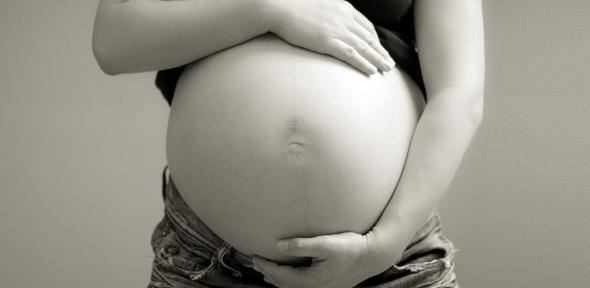
A team of researchers from the University of Cambridge and Cambridge University Hospitals Foundation Trust has discovered that the proposed new NICE thresholds are less effective than international thresholds set by World Health Organization (WHO) at identifying women who are adversely affected by high blood sugar levels during pregnancy.
Diabetes that arises during pregnancy, often disappearing after delivery, is known as gestational diabetes and is becoming increasingly common in the UK. However, there is a lack of consensus about the best way to identify women with the condition. Untreated gestational diabetes can create a risk to the health of both mother and baby and may be associated with pre-eclampsia, excessive amniotic fluid, birth defects, high birthweight, emergency Caesarean section, and low blood sugar levels in the babies after birth. Identifying gestational diabetes during pregnancy allows treatment and dietary advice to be given that reduces the risk of adverse outcomes.
There is a lot of controversy about the best criteria to use to diagnose gestational diabetes. The international criteria recommended by WHO require three blood tests to be taken altogether. One test is taken in the fasting state and the other tests are taken one and two hours after a drink containing sugar. These criteria consider that women with high fasting blood sugars have gestational diabetes, with a 75% increased risk of pregnancy complications. However, these diagnostic thresholds would diagnose substantially more women with gestational diabetes than are currently identified, which may create strain on resources for antenatal care.
In February 2015, NICE introduced new guidelines requiring two blood tests only (fasting and two hours after a sugary drink) and recommending a less strict fasting blood sugar threshold for the diagnosis of gestational diabetes. However, these criteria were identified based on cost effectiveness estimates alone, using old NHS hospital payment data, and have never been tested in clinical practice.
Dr Claire Meek and a team of doctors and scientists assessed the risks related to high blood sugar in over 25,000 women who gave birth at the Rosie Hospital in Cambridge between 2004 and 2008 using anonymised hospital records as part of a service evaluation. They found that women who had borderline levels of fasting blood sugar were at much higher risk of having a high birthweight baby compared to the healthy population. In fact, these babies were on average 350g heavier. Their mothers were twice as likely to have had an emergency Caesarean section and seven times more likely to develop excessive amniotic fluid. These women would be missed using the new NICE criteria.
Using the WHO guidelines instead of the NICE guidelines at the Rosie Hospital would have resulted in 126 more diagnoses of gestational diabetes over five years. Although this accounts for less than one in 200 pregnancies, these pregnancies accounted for a disproportionately high number of poor outcomes – four in 100 cases of high birthweight babies; just under three in 100 cases of pre-eclampsia; and over five in 100 cases of excessive amniotic fluid), many of which might have been preventable with treatment. Overall, the researchers estimate that this issue is likely to affect 3,000 to 4,000 women each year in the UK.
“There is a fundamental difference between the international criteria and the new NICE 2015 criteria: the international criteria are based on minimising the risk of harm to the mother and baby, whereas the NICE criteria have been based upon reducing costs to the NHS,” explains Dr Meek from the Wellcome Trust-MRC Institute of Metabolic Science, University of Cambridge. “While cost effectiveness is important in any health care system, we must not forget the psychological and emotional distress that complications can cause. This cannot be measured in economic terms alone.”
The study authors also express concern that the UK will miss out on international efforts to improve care for women with diabetes in pregnancy by using lower standards than most other countries.
“The new NICE guidelines contain many different recommendations for the management of diabetes in pregnancy and almost all of these recommendations are beneficial and based upon up-to-date evidence,” adds Dr David Simmons from Cambridge University Hospitals. “This is not the case with the diagnostic criteria for gestational diabetes. These should aim to improve health for all pregnant women and their babies by identifying those at greatest risk of complications, and who may benefit the most from dietary changes or other forms of treatment.
“Doctors need to be aware that the new NICE criteria will miss high-risk women, especially those with borderline fasting blood sugar.”
The research was funded by the European Union, the Wellcome Trust and GlaxoSmithKline.
Adapted from a press release from Diabetologia
Reference
Meek, CL et al. Diagnosis of gestational diabetes mellitus: falling through the net. Diabetologia; 12 June 2015
The new threshold for diabetes in pregnancy recently introduced by the UK’s National Institute for Health and Care Excellence (NICE) misses a significant number of women at risk of serious complications, a report published today in the journal Diabetologia shows.

The text in this work is licensed under a Creative Commons Attribution 4.0 International License. For image use please see separate credits above.